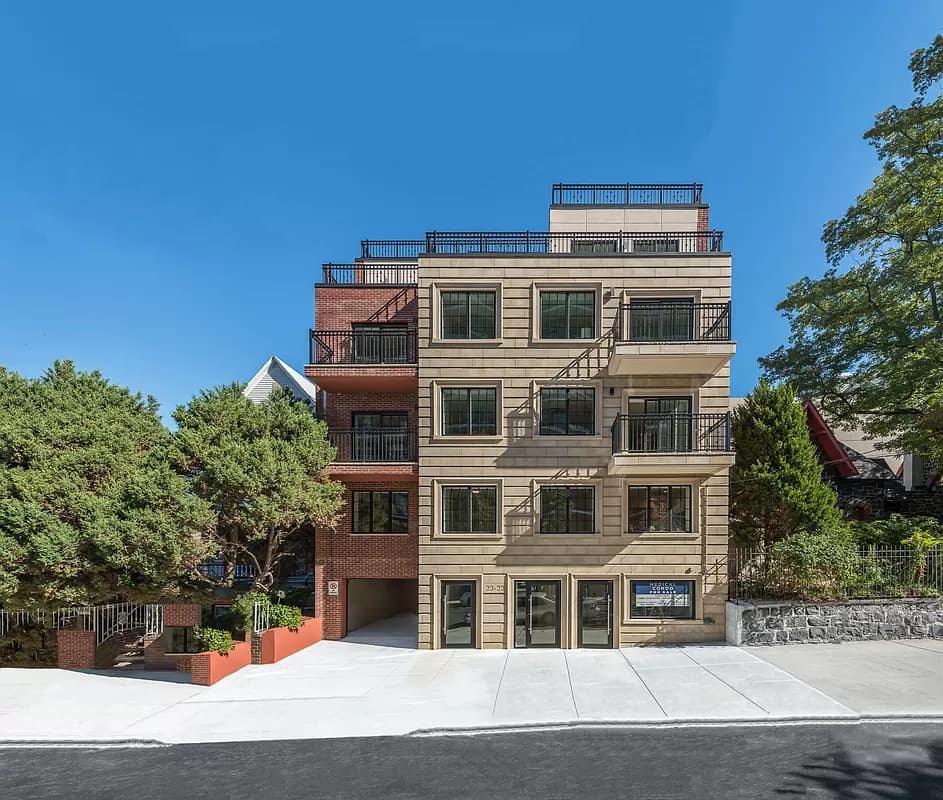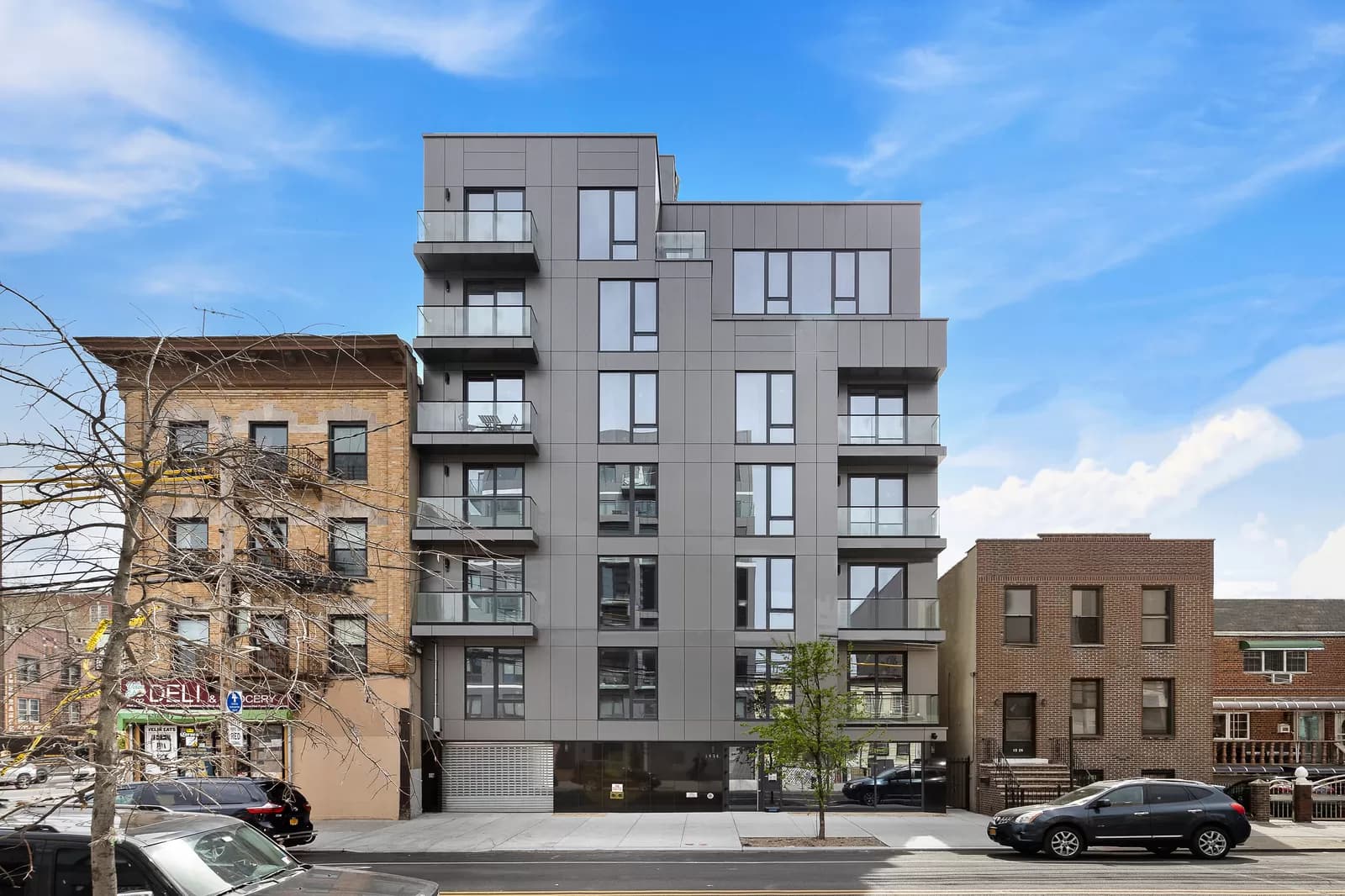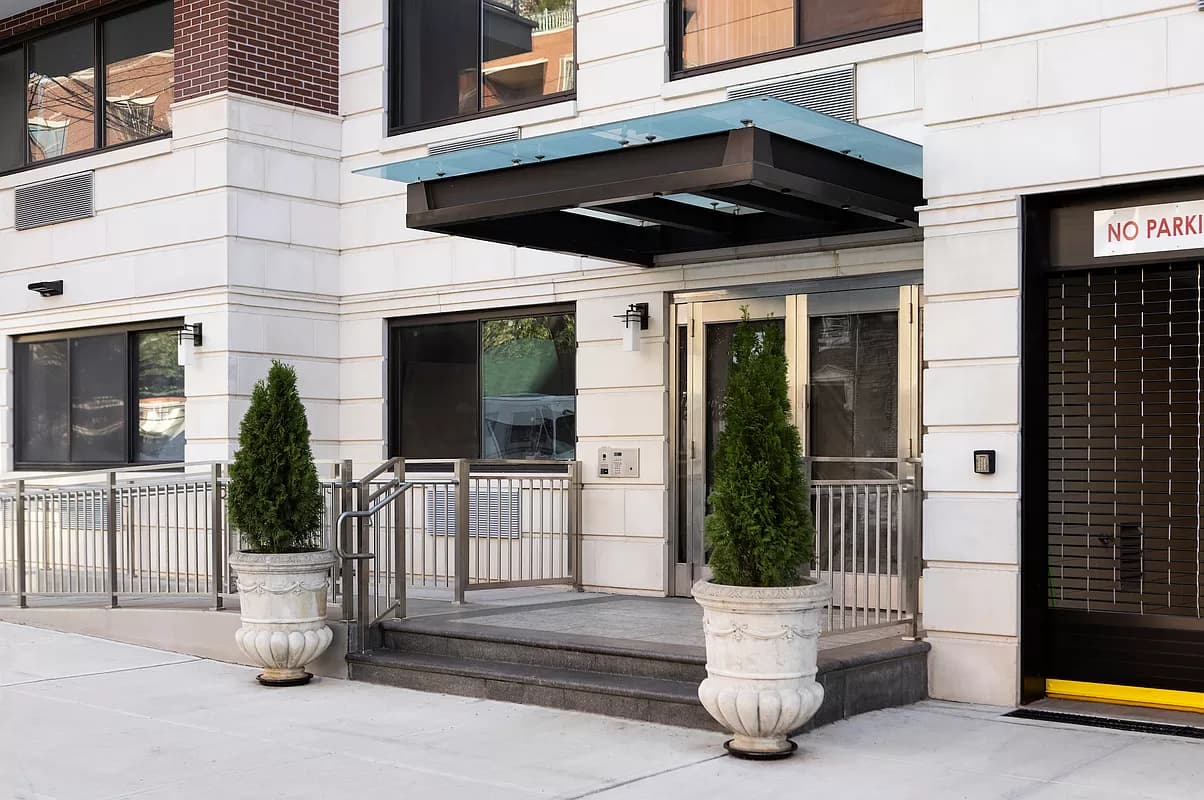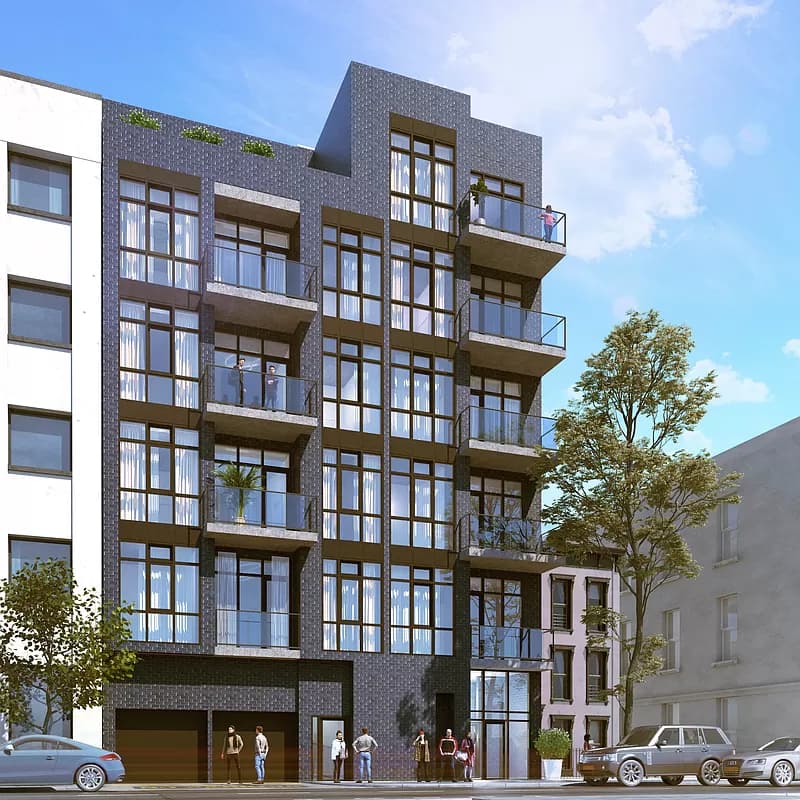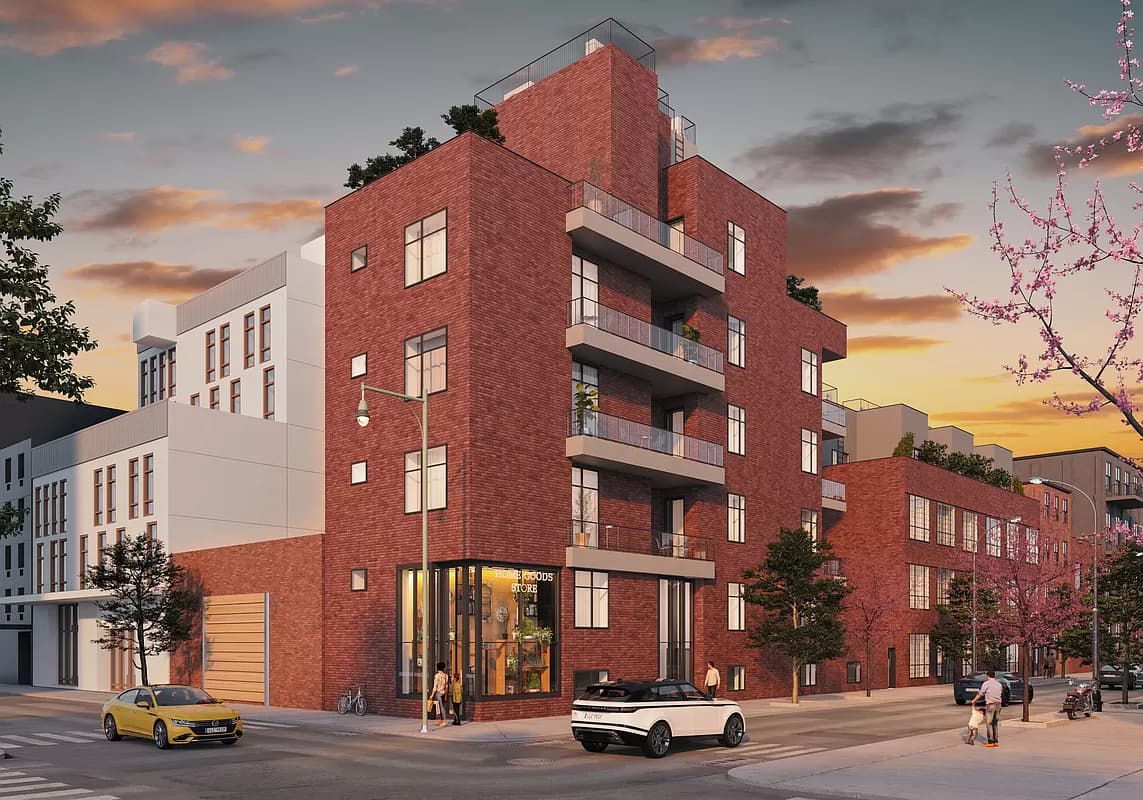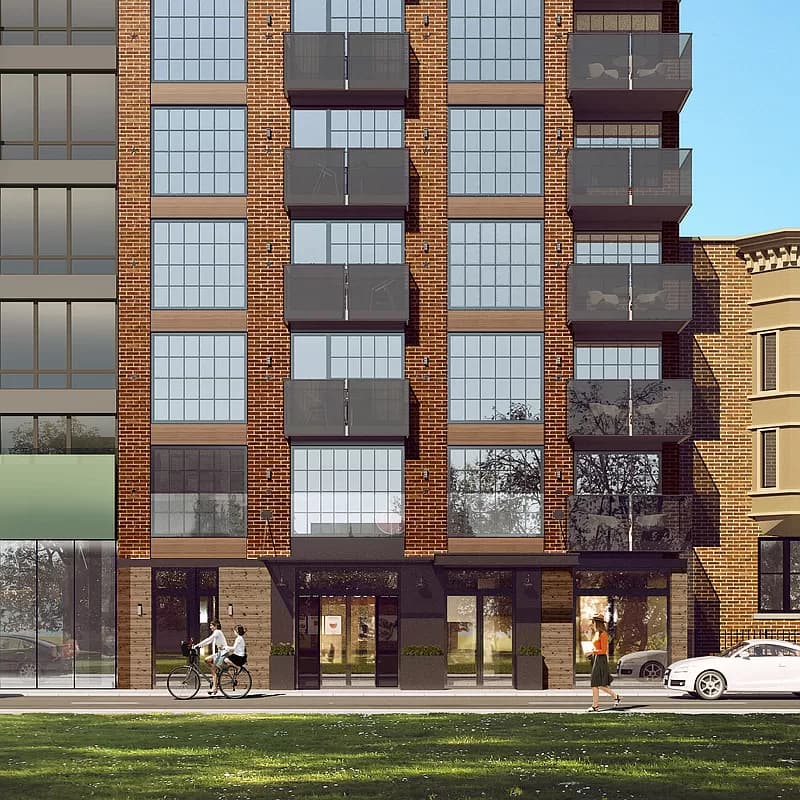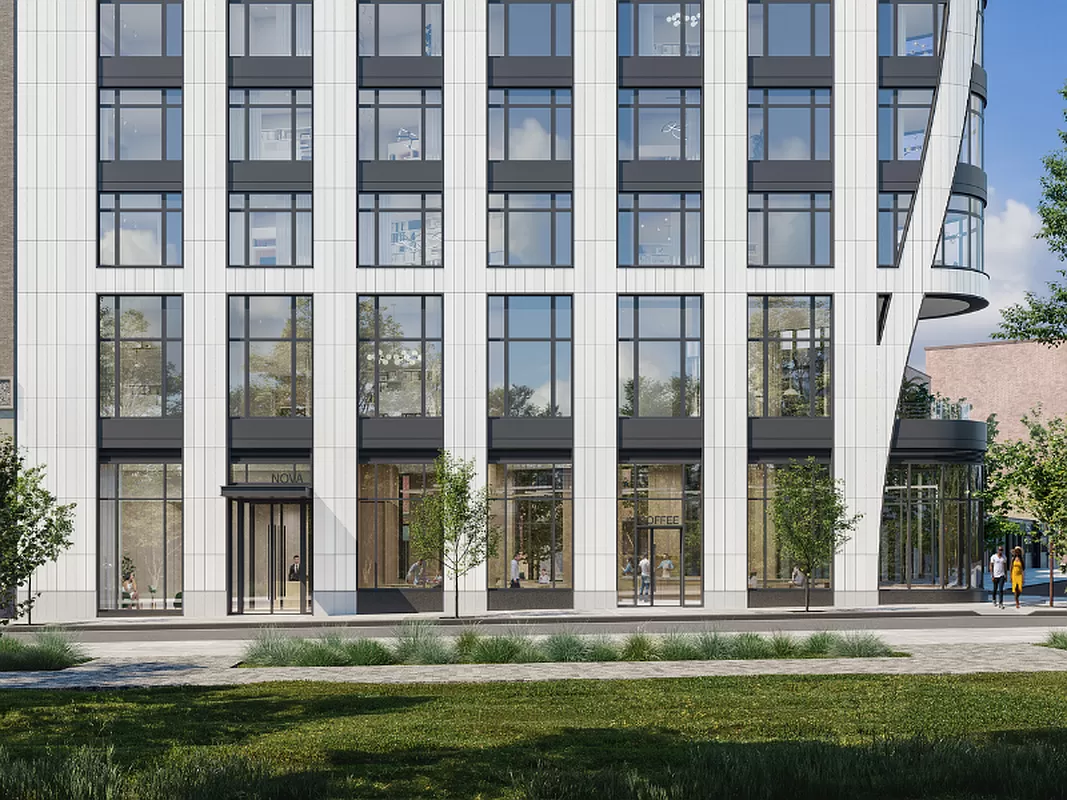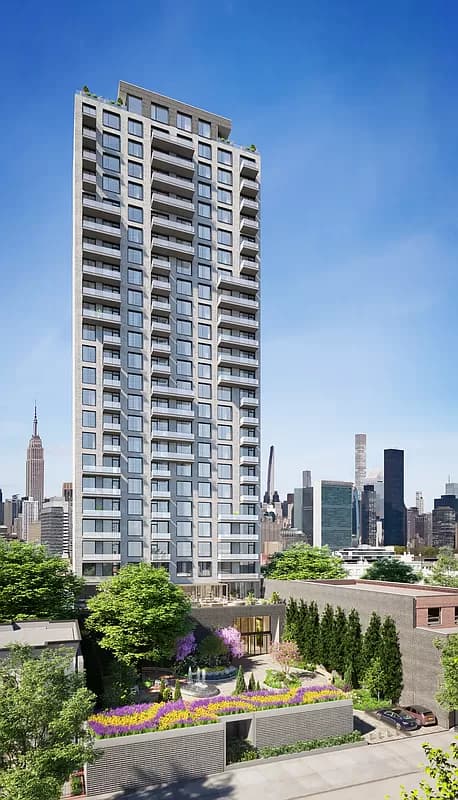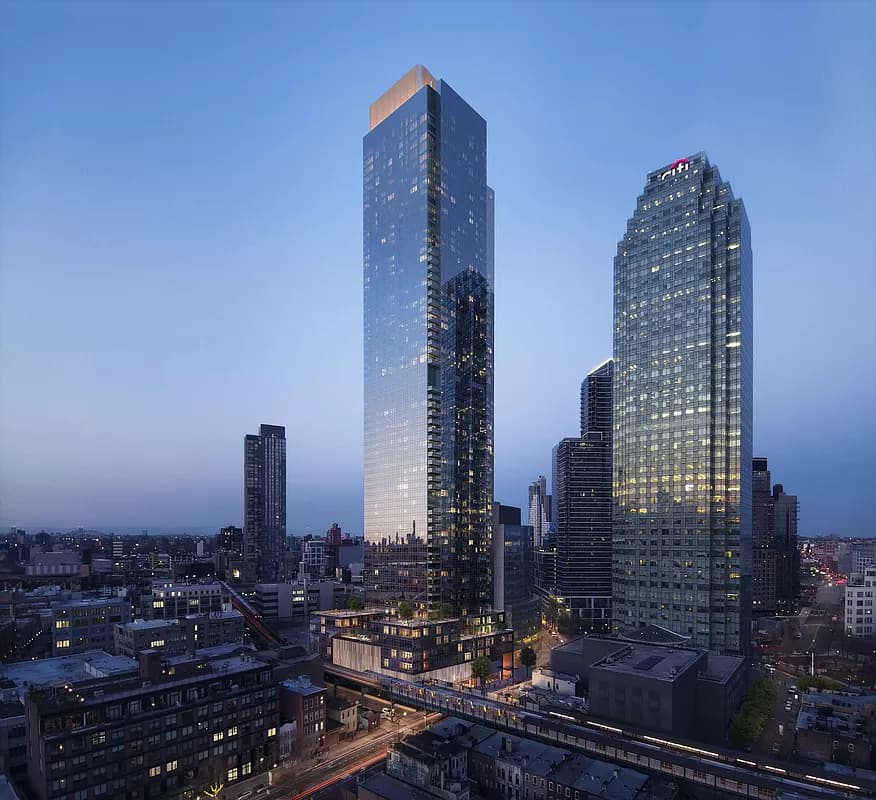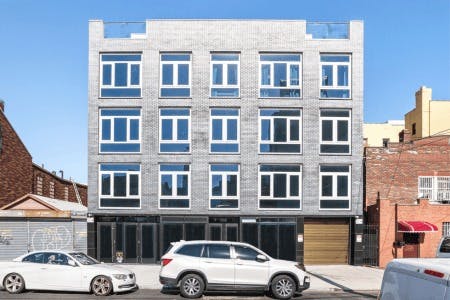
Access The Latest Preconstruction Projects In Long Island City (2026)
Selling Properties
- 1
Preconstruction Market Update for 2024
Preconstruction Toronto:
As we embrace 2024, the influence of interest rates on buyer decisions and their outlook in the Toronto real estate market is undeniably positive. While current rates play a role, the more profound effect stems from buyers’ optimism about future market trends. Informed and strategic buyers, supported by a network of skilled mortgage brokers and agents, are keenly looking forward to the next six to eight months. Their approach focuses on strategically entering the market at an opportune moment, ideally before rates potentially decrease, which is expected to invigorate competition and enhance property values.
Freehold Preconstruction projects are beginning to showcase the promising future of the real estate market, with increasing interest and efforts to secure contracts. Our analysis indicates that 2024 will be a remarkable year for preconstruction projects in the GTA, as buyers are proactively considering future markets and investing in preconstruction with enthusiasm.
Preconstruction Miami:
The Miami real estate market is expected to offer a vibrant and varied environment in 2024. The city's real estate market is still thriving and provides a variety of choices for investors and homeowners alike.Miami's pre-construction industry is still thriving, with a wide range of creative and interesting Miami condo investments projects and a large number of Miami condos for sale in 2024. Even if the downtown condo market is balanced, investors continue to be drawn to it because of its natural charm.There is still a strong demand for freehold homes, as seen by the frequent multiple bids that they receive.Immigrants and overseas students find Miami appealing, which fuels a persistent demand for housing.Choosing condominiums that are still under construction in 2024 is a good option if you want reasonable price, lots of customization options, and no problems with resale.For those looking to invest in Miami's thriving potential, the real estate market presents an appealing environment given the city's continued growth and allure.
Investing in the Miami condo market offers several advantages. Condos are often more affordable than single-family homes, making them an attractive option for first-time buyers and investors looking to enter the market. Additionally, condos typically require less maintenance, as many maintenance tasks are covered by the condo association. This can make them an appealing choice for busy professionals or those looking for a low-maintenance lifestyle.
For investors looking to enter the Miami real estate market, there are several strategies to consider. Researching market trends and conditions is essential to making informed decisions. Additionally, working with a local real estate agent who is familiar with the market can provide valuable insights and guidance. Finally, diversifying your investment portfolio with a mix of property types can help mitigate risk and maximize returns.
The future outlook for the Miami real estate market is positive, with continued growth and allure expected in the coming years. Factors such as population growth, job creation, and infrastructure development are likely to contribute to the market's stability and growth. While market conditions may fluctuate, Miami's appeal as a desirable place to live and invest in real estate is expected to remain strong.


